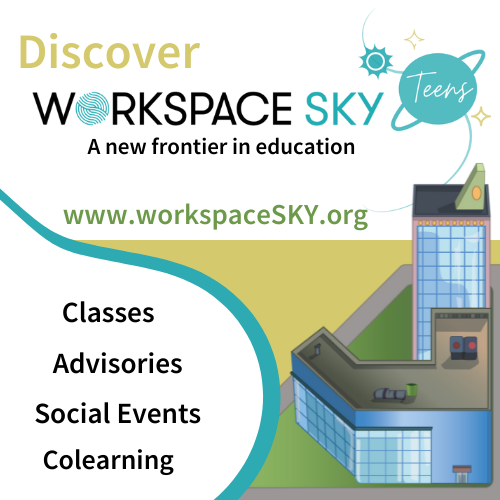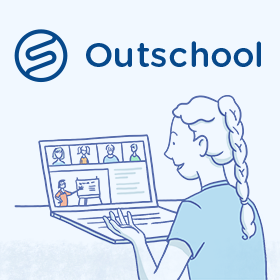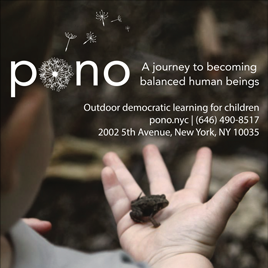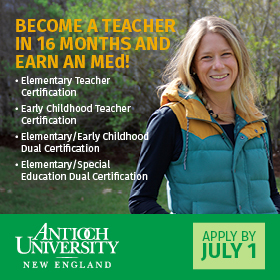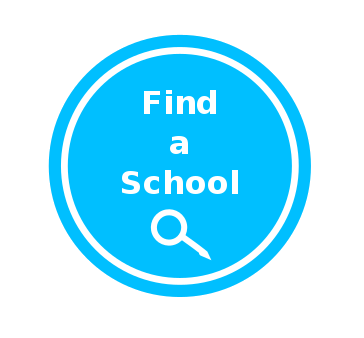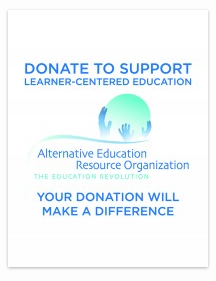A Response by Peter Berg
Here we are again, another school shooting. I just paused to reflect on that word “another.” That word seems so indifferent to me, yet it’s true there has been another. I just looked up one definition of another and it reads, “An additional person or thing of the same type as one already mentioned or known about.” This suggests commonality.
As I write this, I realize that I have shared in this experience to a degree. Just about two years ago, I experienced a school shooting; thankfully, not to the same magnitude. I remember as we processed how the outside support people that were brought in told us we were part of a small group of people who have experienced this type of tragedy.
Depending on the lens this is viewed through, an argument can be made that school shootings are rare, statistically speaking. Some estimates have the number of school shootings at 27 for 2022, as of May 25, and 34 for last year (2021). That small group of people is getting bigger.
Even if there were some discrepancy in these numbers, the fact remains that school shootings have become common, so much so that unless the death toll is high, they are mostly ignored.
Having a shared experience can be really powerful. In a lot of ways in connects us as humans because we are all experiencing being human. This is an experience I’d rather not share in and hope that no one else has to. Having had this experience doesn’t make me an expert, and unfortunately, doesn’t mean I have an answer.
This is a complex problem with many layers; there isn’t one answer. Like you, I wish there were.
Armed personnel in schools? Maybe. But in the situation I was in, it wouldn’t have stopped it. Metal detectors in schools? Already have those in many places. Tear down the existing school system and replace it with a learner-directed, learner-centered approach? Definitely worth a try. Focus on mental health? It would help. Be prepared? Sure but it won’t prevent it. Background checks on all gun purchases? Possibly. Likely, it’s some combination of all of these and some others and is contextual. What works in one place may not work in another.
I don’t know exactly what will work, but I know what doesn’t.
“Othering” people, using these tragedies as a means to further an ideology, political or otherwise, politicizing these events, blaming the “other” side, shaming younger generations for navigating the world we helped create in the best way they can, pining for the “good ole days” because our generation was the best, thinking that what we do and say doesn’t matter, looking at anyone with contempt or sly derision because they have a bumper sticker that goes against what we think, memes that are side swipes or hostility veiled in supposed clever quips, mocking how people cope or process, twisting information until it fits into a predetermined reality, not being interested in real discussions based on facts, tearing things down just to tear them down without having a better way, purposefully fanning the flames of hate, this all matters because it becomes a part of our society.
Schools and learning environments are a part of, not separate from, society. They are gatherings of people from a community within the society we created. Sometimes they can be a refuge. In the case of the shooter of the incident I was involved in, school was the safest, most supportive place they had. Sometimes they can be a source of anxiety and stress.
We all are in some way involved with learning environments that offer approaches that are more holistic, learner-centered, and democratic, in some ways the direct opposite of our society. A better way, but it isn’t the quick fix we hope for. We have to guard against being complacent “it can’t happen here.” According to thisand this those who commit school shootings aren’t always those who have been the victims of bullying or are “outcasts”. It seems also to be true that these attackers often do have some affiliation with the school.
We in “alternative” ed., provide at the very least, students with a supportive community, one that knows them well and is actually interested in them as a person, in most cases, they are unencumbered in pursuing their interests in real-time. There’s myriad evidence to support this approach; it doesn’t mean that we’re immune to tragedy.
AERO recently conducted a survey on mental health in alternative education you can view the results here (power point, pdf). Normally I would not risk extrapolation of the data. I think this is a different situation. It seems that from the limited data collected alternatives are experiencing an increase in mental health issues. This is worth noting and in my opinion, it’s risky not to acknowledge it.
Sadly, we may never figure this out. Still, there are things we can do and ways we can cope. At the very least we can adopt this idea from the Dalai Lama, “Help people, and if you can’t help them, at least don’t hurt them.” I would add, If we ourselves can’t help, we can find someone who can. Maybe that’s a start.
A Response by Jerry Mintz
Yes, It Happened Again. What Can We Do To Get The Mainstream School System to Listen to US?
It’s hard to write about this yet again. Every time I wonder what we can do differently to let people know that there are solutions to the horrific events of violence and murder that are still happening in our schools.
We again read that the 18-year-old high school student who killed 19 sweet children at an elementary school in Texas and tried to kill his grandmother was mercilessly bullied in school. We read again that the killer was quiet, lost the few friends that he had as he reacted by becoming self-destructive and violent, homicidal.
How do we deal with bullying in our democratic schools? In our schools, any student who feels harassed or bullied, physically or verbally, can call a general meeting about it. The meeting includes all the students and staff members. The meetings are taken very seriously, and it can be argued that they carry much more authority than a single teacher can in any classroom. They have the authority of everyone in the school or program. The meeting seeks to get to the bottom of any problem. They ask probing questions. They expect all members to describe what they witnessed and what they think. And when the final vote is taken and the meeting makes a decision, that is almost always the end of the problem.
Bullies are forced to confront what they did. Those who were bullied feel the support of the meeting.
Repeated bullying in our learner-centered schools and program is virtually unheard of for the above reasons. It takes work, but it could be done in every school or classroom, no matter the educational philosophy.
Recent polls and anecdotal responses from our schools make it clear that bullying, violence, and serious self-destructive behaviors are far less common in our schools. In a recent article I talked about this in light of the mental health issues among children that have arisen lately.
In this article, criminologists who study the life histories of public mass shootings found they were mostly lone gunmen (all male) with an average age of 18, as was this one. Most have a connection with the school they target.
In today’s Newsday, a former friend said, “He would get bullied hard…He was nicest kid, the shyest kid.” His cousin said the students mocked his speech impediment. He complained to his grandmother that he didn’t want to go back to school.
So, the question remains again: Why have we not been able to communicate to the mainstream school systems and the general public that we do have some solutions to these problems. Why have we not succeeded at this? Part of it has to do with some habits that are entrenched in the school system. Part of it has to do with the assumptions made by many administrators and teachers. Maybe part of it is because educational alternatives have been attacked for years by the mainstream and therefore tended to go underground.
The pandemic has exacerbated problems that were lurking just beneath the surface. The support that children used to receive from friends and other activities have tended to be less available, revealing some open wounds. Maybe now is the time to redouble our efforts to let people know that we have solutions to some of these problems, rather than be satisfied to know that it is working just fine for our small groups of children.
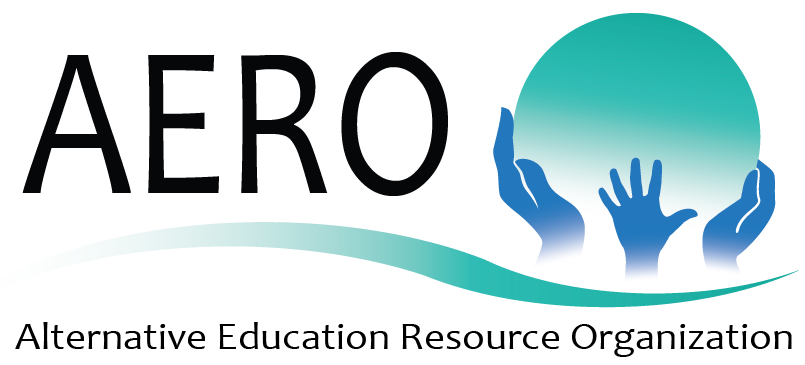


 Ramchandra said he is already spending the funds we sent. I have a better picture of their financial situation now. He said they have about $10,000 a month income from milk and organic food sales locally, but sometimes the local markets are closed because of COVID. Also prices for things that are needed such as cooking oil have doubled in the last year.
Ramchandra said he is already spending the funds we sent. I have a better picture of their financial situation now. He said they have about $10,000 a month income from milk and organic food sales locally, but sometimes the local markets are closed because of COVID. Also prices for things that are needed such as cooking oil have doubled in the last year.


